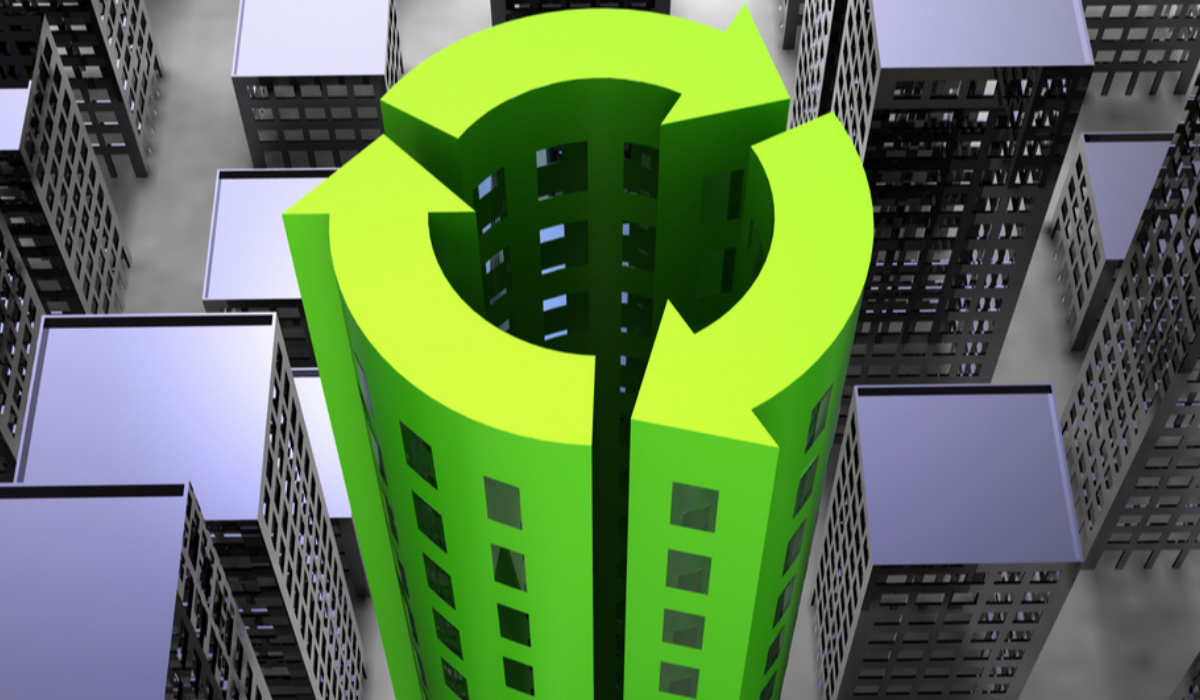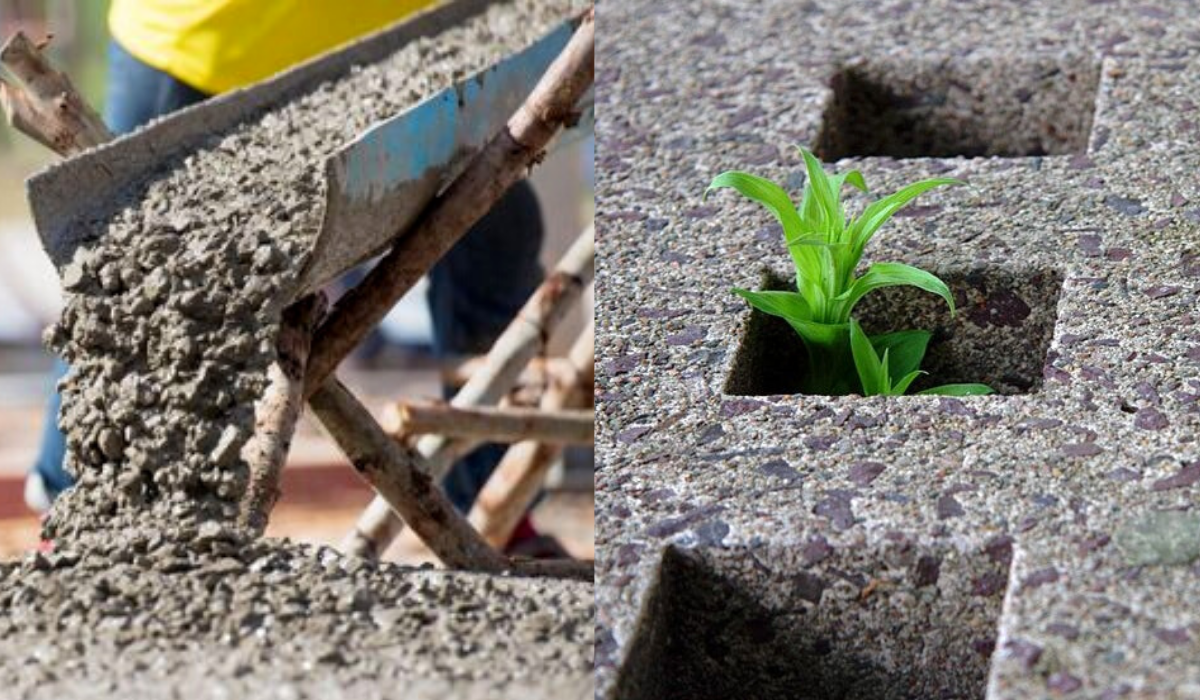Blockchain is mostly known as the underlying technology for bitcoin and other cryptocurrencies. And that’s one of the biggest challenges in getting your head around this tech for construction. Building pros say to really see blockchain’s potential in this business, you first need to forget everything you’ve heard about bitcoin and crypto, because blockchain is much more basic than that.
In fact, it’s a lot more boring, which is what makes it so potentially powerful for construction. blockchain is really just automated bookkeeping, with a twist: Not only does it get rid of physical documents, it performs the digital paper pushing without any human interaction.
That means if you’re a contractor pouring 100 yards of concrete at a job, a gauge on your truck could signal when you’ve finished that task, generate the invoice for your work, and trigger your client to instantly deposit funds into your account.
If you’re the kind of contractor who has run their business for years from a spreadsheet, this should come as good news. This is because a blockchain’s distributed ledger isn’t all that different from the spreadsheet you use to track your project’s progress — except that everybody else involved in the project, from the owner down to the subs, also has access to the ledger and can add to it, while using it to monitor their own progress.
In order to make sure information that’s entered can’t be lost, the blockchain automatically makes copies of itself, on thousands of different computers around the world, while constantly checking to ensure each copy is in agreement with the original.
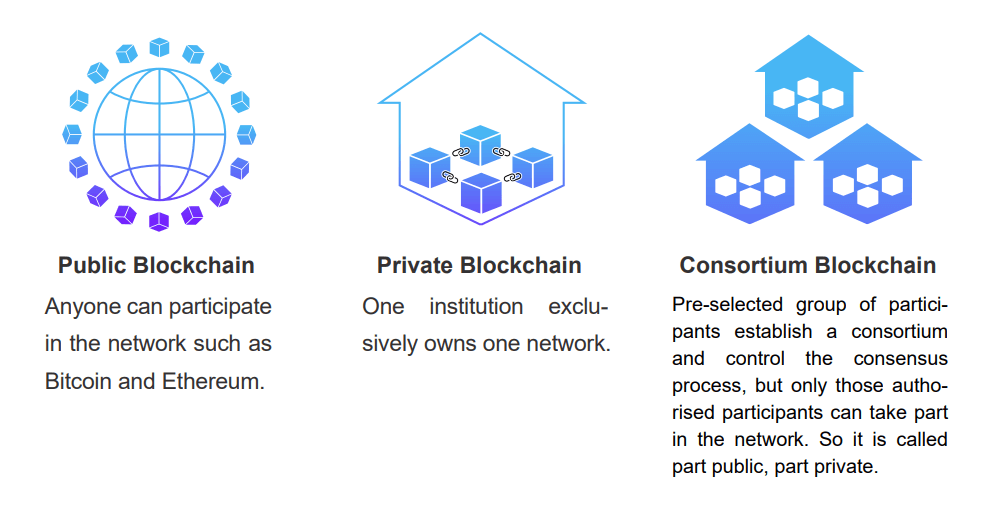
Blockchain technology has the potential to affect both changes and facilitate this innovation. It can do so by shifting current payment and project management systems towards a more transparent and fair practice. By reducing late payments, remediations and disputes, small and medium enterprises are no longer placed in continuous cash flow risk. Instead, the industry as a whole can become a more trusted entity.
Through smart contracts, business processes and administrative tasks can be automated to increase efficiency and always be aligned with the agreed contractual terms. This can result in significant cost savings, increment in the low margins of the industry, and better control project costs.blockchain is really just automated bookkeeping, with a twist: Not only does it get rid of physical documents, it performs the digital paper pushing without any human interaction.
Blockchain also can deliver a more streamlined procurement process, reducing the high level of fragmentation and complexity of major projects.
The provenance of the materials can reduce waste and drive quality of products and service forward with high accountability. Such systems can enhance predictability with regards to procurement, but also in the case of the whole project delivery.
Together with BIM (Building Information Modelling), blockchain can create the single source of truth for all aspects of a construction project.
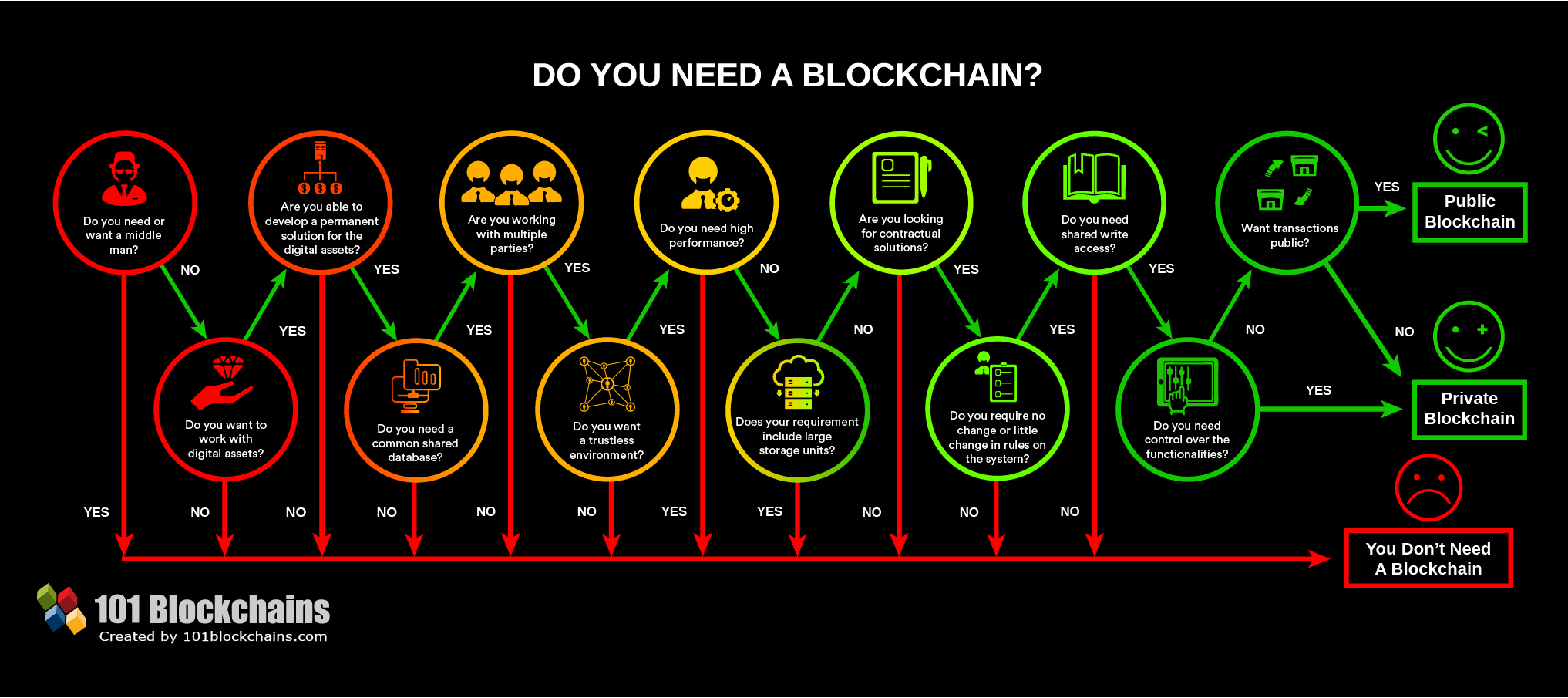
Construction Applications
There have only been a few real-world use cases of blockchain in construction.
Immutable project close out. One happened when Minneapolis-based contractor Gardner Builders, with the help of Briq, delivered a digital twin of a building to its owner on a blockchain. Doing so created a record of every component used in the structure, for all time.
Single source of truth. According to Harvard Business Review, blockchain has also been leveraged by Amsterdam-based HerenBouw to create an audit trail for a large-scale development project in the city’s harbor.
Provenance of materials. Briq (then known as Brickschain) also helped Australia’s Probuild ensure the authenticity, or provenance, of panels built in China, by recording all interactions in the supply chain along the way. That’s a key step to preventing counterfeiting or ensuring quality control of materials sourced globally, another potential application for the technology.
“You can use the blockchain to verify the chain of custody of materials, all the way from a factory in India, right down to the installation in New York City,” said Stephen Mulva, director of the Construction Industry Institute at the University of Texas at Austin, which has spearheaded an initiative called Operating System 2.0 to explore the use of blockchain in construction.
How You Can Use Blockchain in Construction?
So in what ways can blockchain be a positive force of change in the construction industry? Here’s a look at four revolutionary uses for blockchain in construction.
1. Smart contracts
Smart contracts are largely hailed as the future of the construction industry. According to the University of West England, automated contracts that reduce the necessity of intermediaries and can save time and money are poised to make their mark on the industry. Blockchain is one way that these contracts can be updated and transactions recorded.
What does the basic premise look like? Enstoa has detailed an accurate depiction of how something like this might pan out.
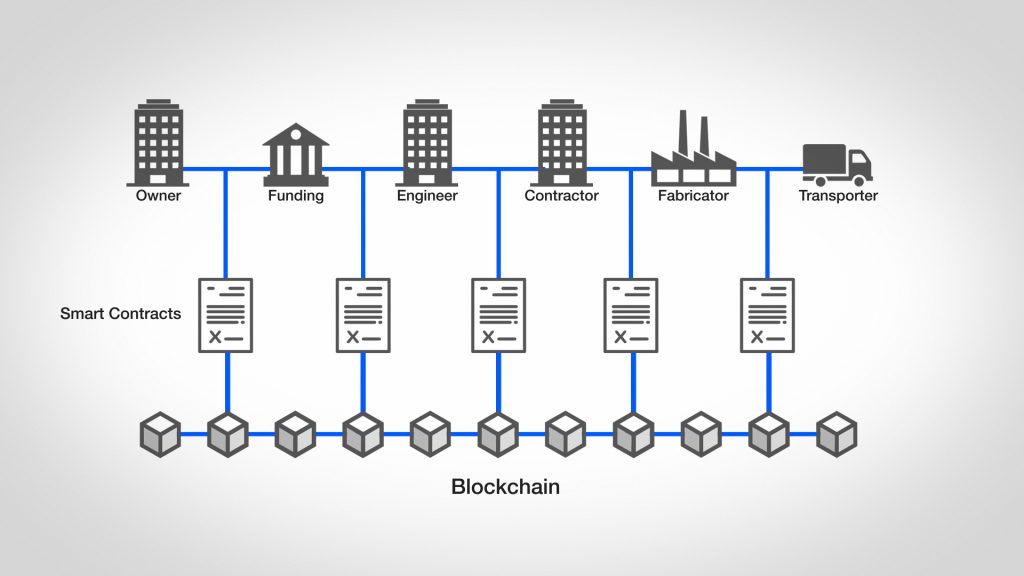
It would likely involve the creation of some sort of centralized tracking system, where the parties involved define the rules, regulations, penalties, etc., around the project that they’re working on together. The system would then work to automatically enforce these rules and regulations as the project progresses. For example, if a material was not shipped on time, the blockchain system would record that and an appropriate retaliatory action—per the pre-agreed upon rules and regulations — could be imposed. If this is a penalty fee, for instance, the transaction could occur automatically via bitcoin or cryptocurrency.
Fundamentally, implementing such as system wouldn’t just improve efficiency and resolve disputes before they even have a chance to occur, but they could also work to hold the parties involved more accountable.
2. BIM
You’ve surely heard and are already implementing various building information modeling(BIM) technologies on your project sites, but when BIM and blockchain combine, it could be a dangerously effective combination. When combined, BIM and blockchain can work to greatly enhance the effectiveness of smart contracts.
For example, in BIM, the model itself can be used as part of the contract between the parties involved in the job. Therefore, all the parties would be working to match the actual physical construction on the project to the BIM model in the contract. Any deviation from the model may result in re-work or change orders. Incorporating BIM into smart contracts could also only award payment when the project is built according to the digital plans.
Combining BIM and blockchain, again, can work in holding all parties on a project accountable and creating a higher level of transparency. The combination could actually improve the effectiveness of BIM technology. Currently, BIM uses peer-to-peer networks for information sharing, but blockchain could make updates in real-time. This constant feedback and monitoring would help with transparency, lead to better overall communication and ultimately result in a higher quality of workmanship on a project.
3. Payments
The blockchain concept is built around monetary exchange, albeit as it involves bitcoin and/or cryptocurrency. Meaning, blockchain can be utilized to streamline payment processing.
Getting timely payments to all stakeholders on a project tends to be a significant challenge for many companies. Failure to pay on time can lead to conflict, and when a dispute arises, there’s the potential for a project to go south as a result.
So how can blockchain improve the payment process? Simple: By increasing security and creating traceable information. One technology poised to play a role is BuilderChain, a platform that’s designed to change the way subs are both hired and paid. It can better ensure that subs are paid fast and that relationships with good subcontractors are fostered and not burned.
4. Supply Chain Management
If your supply chain is not in sync, then your project is going to suffer. There’s likely to be a bevy of delays, which will lead to lapses in productivity, cost overruns and an unhappy owner.
How exactly does blockchain play into supply chain management?The same way it can be integrated into many of the other aspects mentioned above of construction. Specifically, blockchain can help trace physical items from origin to final destination. It can help improve transparency, which can help all parties stay on the same page and avoid potential pitfalls and oversights.
Similarly, blockchain can help enable contractors to use unique digital-specific identifications to verify vendors and suppliers, and thereby grow their reputation over time based on how well their work is performed. These digital IDs can work two-fold, as they can also help your company verify the credentials of any subcontractors before they’re ultimately hired.
Sources:
https://constructionblog.autodesk.com/




